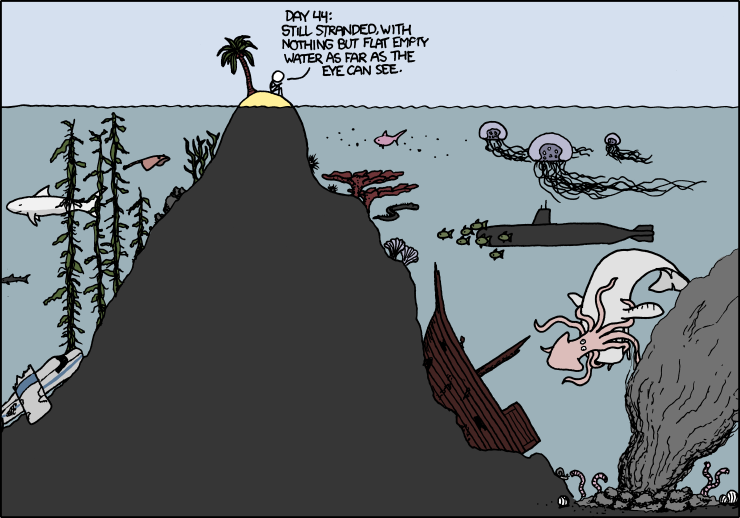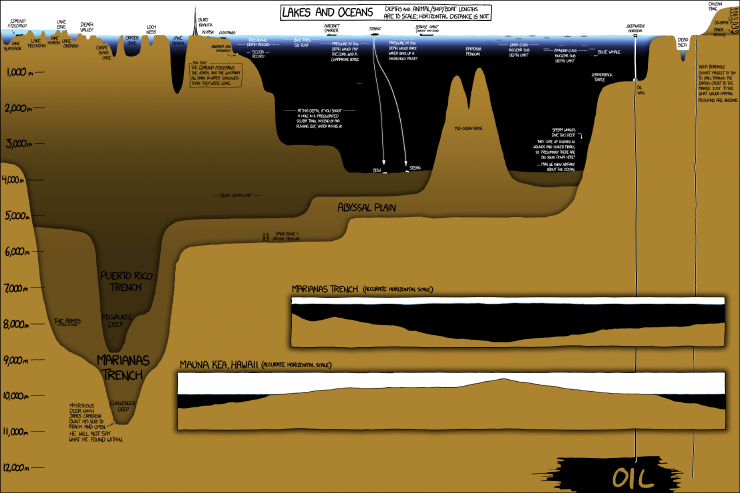By Dawn Barlow, MSc Student, Department of Fisheries and Wildlife, Oregon State University
The year is rapidly coming to a close, and what a busy year it has been in the Geospatial Ecology of Marine Megafauna Lab! In 2016, our members have traveled to six continents for work (all seven if we can carry Rachael’s South African conference over from the end of 2015…), led field seasons in polar, temperate, and tropical waters, presented at international conferences, processed and analyzed data, and published results. Now winter finds us holed up in our offices in Newport, and various projects are ramping up and winding down. With all of the recent turmoil 2016 has brought, it is a nice to reflect on the good work that was accomplished over the last 12 months. In writing this, I am reminded of how grateful I am to work with this talented group of people!
The year started with a flurry of field activity from our southern hemisphere projects! Erin spent her second season on the Antarctic peninsula, where she contributed to the Palmer Station Long Term Ecological Research Project.


The New Zealand blue whale project launched a comprehensive field effort in January and February, and it was a fruitful season to say the least. The team deployed hydrophones, collected tissue biopsy and fecal samples, and observed whales feeding, racing and nursing. The data collected by the blue whale team is currently being analyzed to aid in conservation efforts of these endangered animals living in the constant presence of the oil and gas industry.
Midway atoll is home to one of the largest albatross colony in the world, and Rachael visited during the winter breeding season. In addition to deploying tracking devices to study flight heights and potential conflict with wind energy development, she became acutely aware of the hazards facing these birds, including egg predation by mice and the consumption of plastic debris.


Early summertime brought red-legged kittiwakes to the remote Pribilof Islands in Alaska to nest, and Rachael met them there to study their physiology and behavior.


As the weather warmed for us in the northern hemisphere, Solene spent the austral winter with the humpback whales on their breeding grounds in New Caledonia. Her team traveled to the Chesterfield Reefs, where they collected tissue biopsy samples and photo-IDs, and recorded the whale’s songs. But Solene studies far more than just these whales! She is thoroughly examining every piece of environmental, physical, and oceanographic data she can get her hands on in an effort to build a thorough model of humpback whale distribution and habitat use.

Summertime came to Oregon, and the gray whales returned to these coastal waters. Leigh, Leila, and Todd launched into fieldwork on the gray whale stress physiology project. The poop-scooping, drone-flying team has gotten a fair bit of press recently, follow this link to listen to more!

And while Leigh, Leila, and Todd followed the grays from the water, Florence and her team watched them from shore in Port Orford, tracking their movement and behavior. In an effort to gain a better understanding of the foraging ecology of these whales, Florence and crew also sampled their mysid prey from a trusty research kayak.


With the influx of gray whales came an influx of new and visiting GEMM Lab members, as Florence’s team of interns joined for the summer season. I was lucky enough to join this group as the lab’s newest graduate student!

Our members have presented their work to audiences far and wide. This summer Leigh, Amanda, and Florence attended the International Marine Conservation Congress, and Amanda was awarded runner-up for the best student presentation award! Erin traveled to Malaysia for the Scientific Convention on Antarctic Research, and Rachael and Leigh presented at the International Albatross and Petrel Conference in Barcelona. With assistance from Florence and Amanda, Leigh led an offshore expedition on OSU’s research vessel R/V Oceanus to teach high school students and teachers about the marine environment.


Courtney fledged from the GEMM Lab nest before 2016 began, but the work she did while here was published in Marine Mammal Science this year. Congrats Courtney! And speaking of publications, additional congratulations to Solene for her publication in Marine Ecology Progress Series, Rachael for her four publications this year in PLOS ONE, Marine Ecology Progress Series, Marine Ornithology, and the Journal of Experimental Biology, and Leigh for her five publications this year in Polar Biology, Diversity and Distributions, Marine Ecology Progress Series, and Marine Mammal Science!
Wintertime in Newport has us tucked away indoors with our computers, cranking through analyses and writing, and dreaming about boats, islands, seabirds, and whales… Solene visited from the South Pacific this fall, and graced us with her presence and her coding expertise. It is a wonderful thing to have labmates to share ideas, frustrations, and accomplishments with.

As the year comes to a close, we have two newly-minted Masters of Science! Congratulations to Amanda and Erin on successfully defending their theses, and stay tuned for their upcoming publications!


We are looking forward to what 2017 brings for this team of marine megafauna enthusiasts. Happy holidays from the GEMM Lab!




























![DSCF0776[3]](http://blogs.oregonstate.edu/gemmlab/files/2016/07/DSCF07763-1024x731.jpg)





















